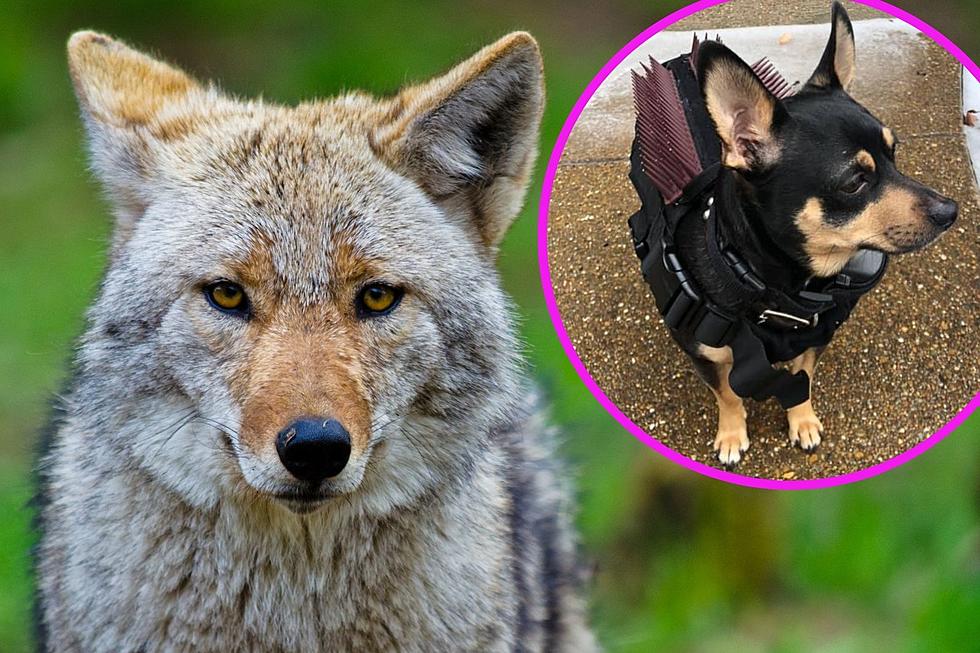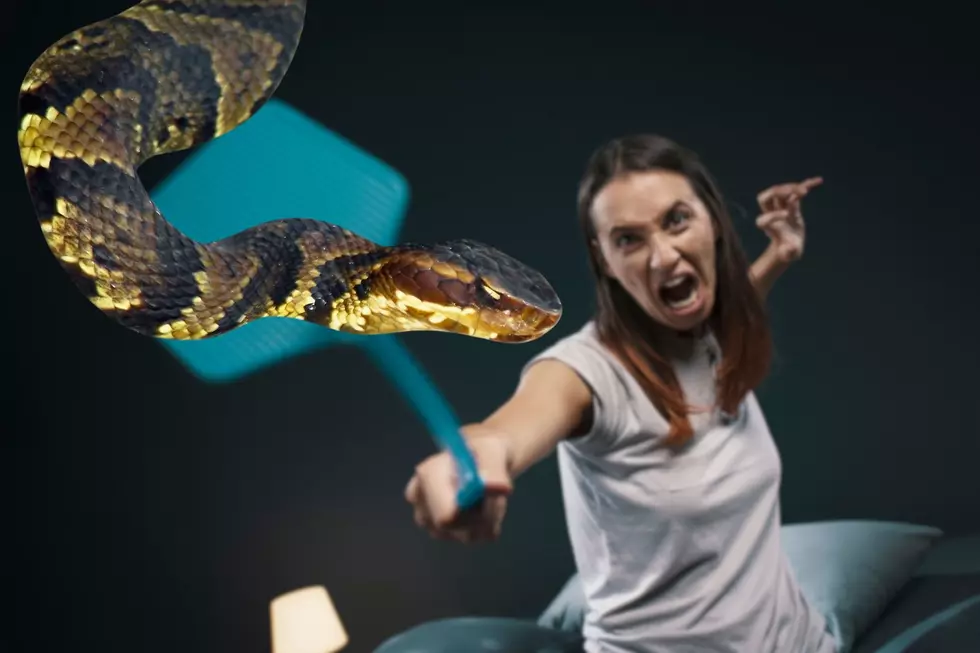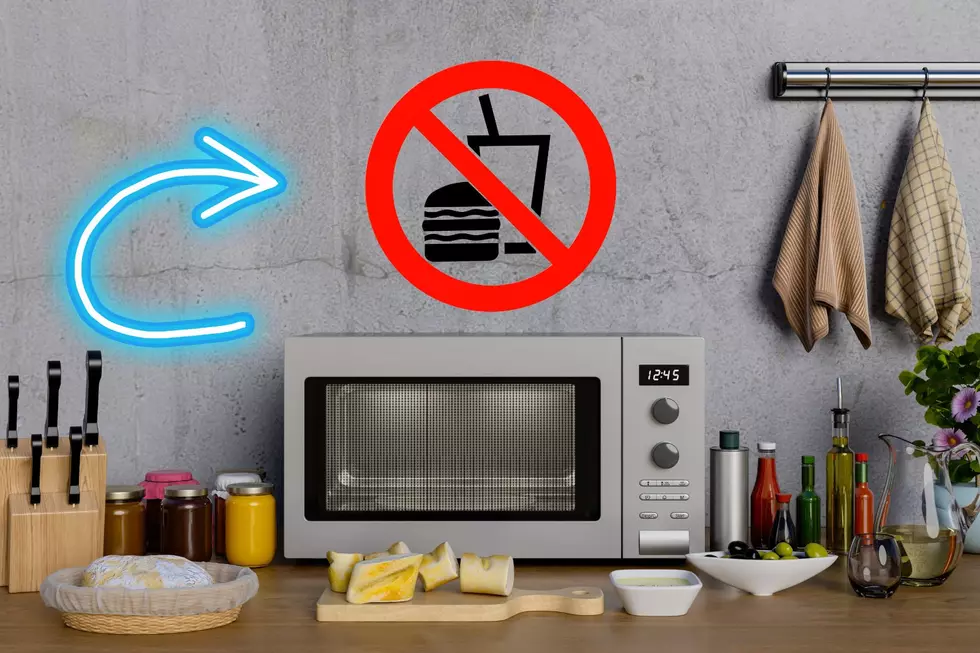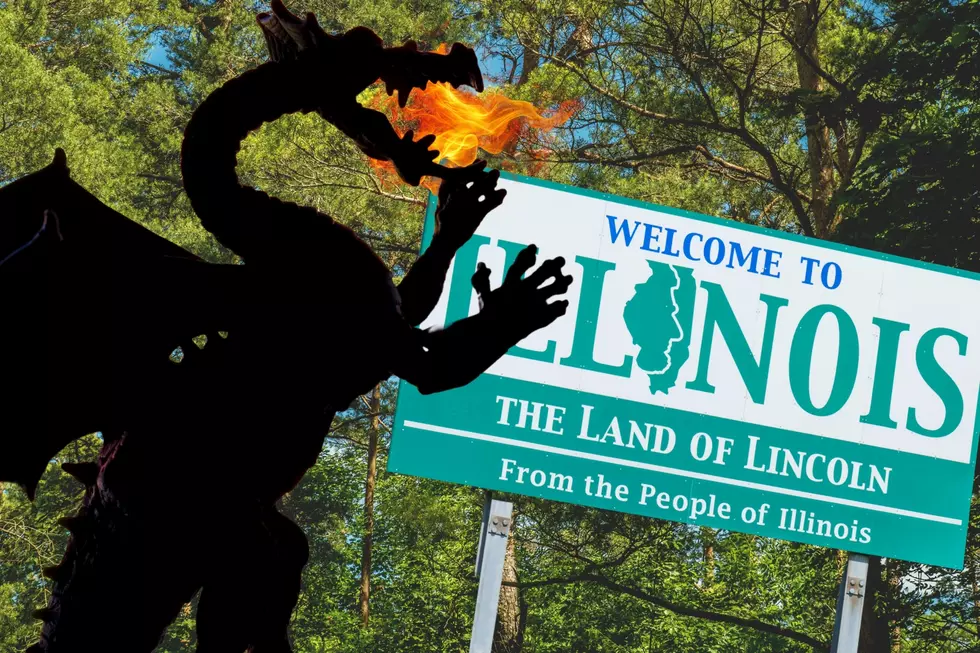
How to Make a Hilarious, Yet Effective Predator Protection Coat for Small Dogs
Should I Be Concerned About Coyotes in My Neighborhood?
A few years ago, we built a house that is set off into the woods. We are in a neighborhood, but each plot has at least five acres. Most families in our neighborhood have decided not to clear out their property but have instead opted for the natural ground cover and small yards. Our property bumps up to an undeveloped woodland area that has recently been purchased by a developer. Night and day we hear the heavy construction destroying the once serene home of various wild animals. And like anyone who has been evicted from their home knows, once you are kicked out, you have to find somewhere else to live.
I have a great group of neighbors who often communicate via a group text. And last week's topic of discussion was the new neighbors who have moved next to us. Coyotes.
I'm quite aware that we've always had coyotes around. Twice I've had to pay to get my cat out of a tree and once I had to have my car buffed because of the hundreds of claw scratches up and down my doors. We don't have large roaming dogs in our neighborhood and the claw marks on both the trees and my truck indicate that a large dog-like creature that can't climb was after my kitty (who doesn't get to go outside at night anymore). But recently, neighbors have spotted the coyotes in their yards, on their trail cams, and I even found a large pile of doo-doo in my driveaway that was laced with clumps of rabbit fur.
Eek!

How Do You Protect Small Dogs Against Coyotes?
So, my anxiety kicked into high gear because I have a little doggo that loves to patrol around outside. We use an electric fence for him so we don't have a traditional fence to keep predators out.
So, I started researching the topic.
Coyote attacks are on the rise across the country - mainly due to urban development. Their homes and food sources are gone so the coyotes are becoming less afraid of humans and pets make for easy meals.
Short of keeping him on a leash all the time or building a fence, there isn't much you can do. I am going to be investing in a coyote repellent system which basically strobe lights any animal that comes into the yard and scares them off. The deer gorge themselves on my landscaping all summer so that might not be so bad to have in general. But I also noticed that there are personal protection items for small dogs in the form of a spikey outfit.
That makes sense - how often do predators eat porcupines? And honestly, it's not just predators that you have to look out for. There's a dog in our neighborhood that has been known to attack other dogs while their owners are walking them. It's not terribly uncommon for a territorial dog to go after another one from time to time.
So, I set out to make my little doggie a porcupine protection vest.
How Do I Make a Coyote Protection Coat for my Small Dog?
The Vest
First off, I needed the base. I wanted it to be durable and bite-proof. I also wanted it to connect around his chest, neck, and hindquarters so it wouldn't slip off. I found this tactical vest that was long - it covers him all the way to the tail - and is very sturdy. It's also lightweight enough that he can freely run around.
The Spikes
Next, I needed spikes. I waffled between metal and plastic spikes and eventually landed on plastic because of weight. I found these bird spikes that were the perfect size and were very lightweight. A generous helping of hot glue got the spikes to stick.
The Neck
From what I've read, the coyote's first instinct is to go for the neck, so neck protection is important. The jacket doesn't come up high enough on his neck, so I decided to find a collar that was thick enough to protect the entire neck but lightweight enough that it won't be uncomfortable. I found this spikey protection collar that does the trick.
Deterring Birds of Prey Too
Finally, my dog is 17 lbs so I'm not terribly worried about large birds of prey picking him up but it has been known to happen in this area. One of the suggestions is to fill in areas with scare tape. I'm not sure how well this tape works at night but the spikes should be an excellent deterrent for any large bird that might want to pick up a small dog.
The Cost & The Alternative
My total for the entire project was about $40. Now, you might be thinking... this seems like a lot of work. I need one of these vests but what a hassle... You can always order a Coyote Vest or other predator vest for your pet. They run about $100 for the base with add-ons like a hawk shield or "whiskers" for an additional cost.
How Well Does It Work?
I'll tell you, the back strap of the coat has been a little bit of a learning curve for Bruiser. It touches his pee-pee so I'm sure it felt weird at first. But he's back to tearing around the house when I let him outside. The spikes are incredibly sharp and after a couple rounds of hot glue from our industrial glue gun, it's definately secure.
It's not perfect and I still make sure to watch him during evening hours when he goes out but I have some peace of mind now when he ventures out. And,a bonus he looks HILARIOUS and completely bad to the bone when he wears it!
The cat... well, he's on his own. He can climb trees.
More Ways to Deter Predators from Coming into Your Yard
I also found some useful info from the Indiana DNR about how to 'not invite' trouble coyotes and other predators into your yard:
- Avoid feeding wildlife
- Avoid leaving trash outside
- Remove pet food bowls from outside
- Do not provide food for birds - the seeds are also food for rodents which are a food source for coyotes.
- Cover compost
- If you see a coyote, the DNR suggests that you yell at it, throw things at it, and turn the hose on it to let it know that your yard isn't a fun, friendly, tasty place to be.
Check out these 50 fascinating facts about dogs:
More From WKDQ-FM







